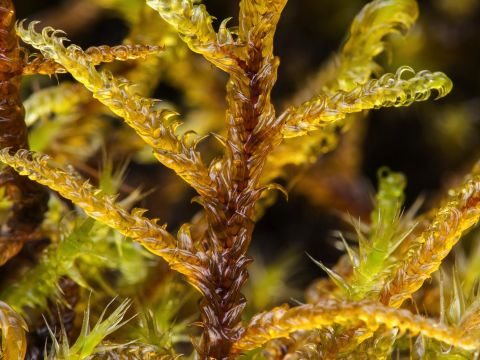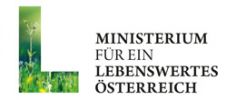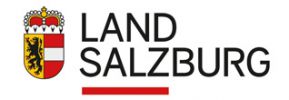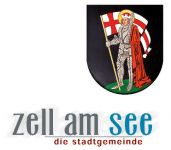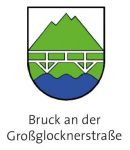WiesenKönigReich Zell am See is nominated area
Natura 2000
The northern part of the reserve was nominated as part of the European network of protected areas Natura 2000 in 2014. It comprises mainly the meadows north of Thomas Bernhard path and the adjacent part of the reed belt, as an important part of wetland meadows.
Part of the European network
The EU Member States want to preserve special protection areas and species for future generations, which are particularly important for the whole of Europe. To maintain this richness of Europe’s wildlife, the diversity of plants and habitats, national and international efforts are needed.
In the nature reserve Lake Zell South Shore 32.35 hectares were declared particularly worthy of protection following the Habitats Directive. These areas include mainly peat meadows (N07), but also the mudflats in the lake (N06) and the extensive wetland meadows (N08) between Thomas Bernhard way and Otto-Wittschier-way.
N06 Inland water bodies (Standing water, Running water)
N07 Bogs, Marshes, Water fringed vegetation, Fens
N08 Heath, Scrub, Maquis and Garrigue, Phygrana
Habitat of European importance
The Lake Zell is located in the south section of Central Pinzgau Valley, in the district of Zell am See (Pinzgau). The planned European nature reserve “Zeller See Südufer” (Lake Zell south bank) covers the northern part of the nature reserve, which is located at the southern end of the Zeller Lake.
It includes, among others the Zeller Moos, a silting Moor, which was created within the last 10,000 years. This silting zone with the subsequent marshy meadows has a rich variety of fauna (eg diverse grassland birds such as Yellow Watgtail, Stonechat etc.) and flora (large deposit of Slender Green Feather Moss Drepanocladus / Hamatocaulis vernicosus within the planned European nature reserve, several red-listed plant species).
In addition, the area also has a very high landscape ecological value and individual character by its location (lake shore, framed by high mountains) and the special landscape appearance of meadows with shrubs and trees in between (alder, willow, birch). The area, which is located in the vicinity of the town of Zell am See has, accordingly, also high recreational value (several hiking trails).
Natura 2000 is the centerpiece of EU nature & biodiversity policy. It is an EUwide network of nature protection areas established under the 1992 Habitats Directive. The aim of the network is to assure the long-term survival of Europe's most valuable and threatened species and habitats. It is comprised of Special Areas of Conservation (SAC) designated by Member States under the Habitats Directive, and also incorporates Special Protection Areas (SPAs) which they designate under the 1979 Birds Directive.
Within six years after their designation as sites of Community importance, Member States will designate these sites as Special Areas of Conservation (SACs) and adopt conservation measures involving, if need be, appropriate management plans and other measures which correspond to the ecological requirements of the natural habitat types and the species of Community interest. Special Protection Areas designated under the Birds Directive need to be managed in accordance with the ecological needs of habitats of birds.
According to the EU nature directives the conservation objectives should be met while taking account of economic, social, cultural, regional and recreational requirements. It is for the Member States to establish the most appropriate methods and instruments for implementing the directives and for achieving the conservation objectives of Natura 2000 sites.
The Habitats Directive (together with the Birds Directive) forms the cornerstone of Europe's nature conservation policy. It is built around two pillars: the Natura 2000 network of protected sites and the strict system of species protection. All in all the directive protects over 1000 animals and plant species and over 200 so called "habitat types" (e.g. special types of forests, meadows, wetlands, etc.), which are of European importance.
The Birds Directive provides a legal framework, binding for all Member States, for the protection of all wild birds in the EU, including their eggs, nests and habitats. It is the EU’s oldest piece of nature legislation and one of the most important, creating a comprehensive scheme of protection for all wild bird species naturally occurring in the Union.

